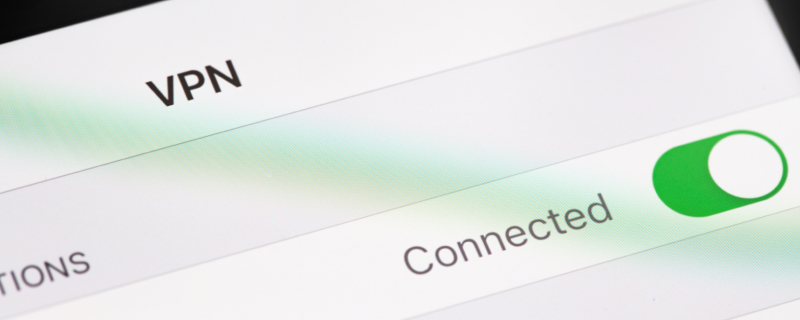
- 6 min read
- Aug 23, 2023

VPNs give you better online privacy, security, and let you access blocked content. You can set up a VPN on each device, but it’s easier and more secure to set it up on your router. This guide will walk you through that process.
First, check if your router supports VPNs. You can find this info in your router’s manual. If it doesn’t support VPNs, you might need to buy a new one or install custom firmware like DD-WRT or Tomato.
Pick a VPN provider that is well-known for good privacy, security, and performance. Make sure they support router setup and provide a detailed guide for your router model.
Sign up with your VPN provider and get your login details. You also need the server addresses you want to use. Usually, you can find them on the VPN provider’s website or support page.
Use your web browser to log into your router’s admin panel. The IP address is typically 192.168.1.1 or 192.168.0.1. Use your router’s admin username and password to log in.
Find the VPN settings in your router’s admin panel. The exact location depends on your router and VPN provider. Then, use your VPN provider’s guide to fill in the settings, like server address and your VPN login details.
Save your settings and turn on the VPN connection. Your router should connect to the VPN server. You might need to restart your router to make the connection.
To make sure the VPN works, go to a site like whatismyip.com. Check if your IP address matches the VPN server location. Also, do a DNS leak test to make sure your DNS queries go through the VPN too.
With your router connected to the VPN, all devices on your network should be protected. You may need to reconnect your devices for the new settings to kick in.
Setting up a VPN on your router is a great way to protect your whole network. Just follow these steps and your VPN provider’s guide, and you’ll have a more secure and private online experience on all your devices.



